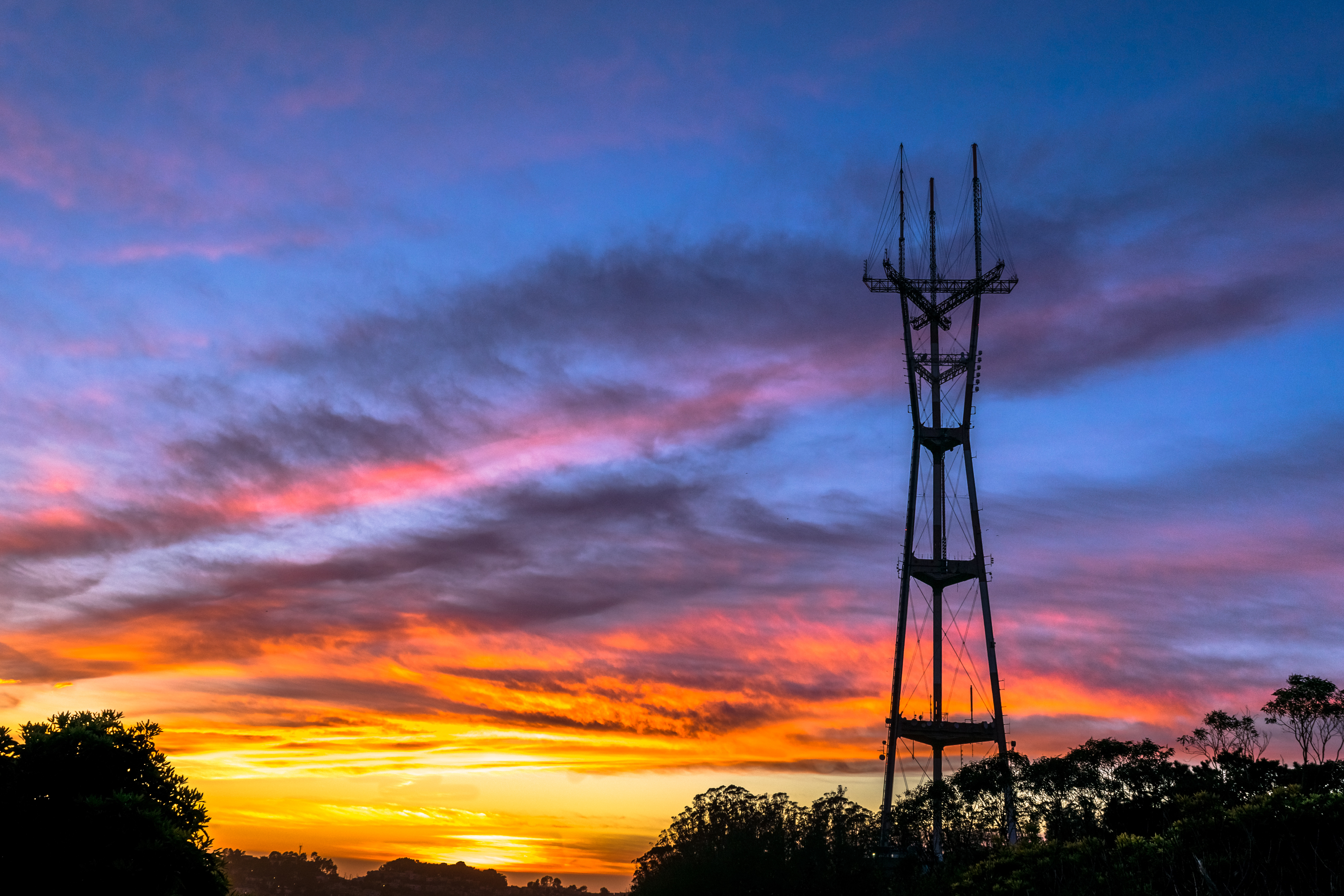
ATSC 3.0, (aka "NextGen TV") offers immersive experiences, enhanced accessibility, and societal benefits. However, a clear and well-defined sunset date for ATSC 1.0 simulcasting is crucial to truly unlock this potential.
At the 2024 NextGen Broadcast Conference, NAB CEO Curtis LeGeyt opened the discussion, with FCC Commissioner Brendan Carr’s support for a related proceeding. Industry leaders and attendees applauded, highlighting a widespread consensus for moving forward.
Why Sunsetting ATSC 1.0 is Essential?
Simulcasting is a double-edged sword. While it allows viewers with older TVs to continue watching, it utilizes valuable spectrum inefficiently. The uncertainty surrounding ATSC 1.0's future discourages investment in NextGen TV content and technology. The presence of both signals can confuse consumers about NextGen TV's benefits, discouraging them from seeking compatible devices.
A clear sunset date provides a concrete timeline for content creators to develop high-quality content that maximizes the new standard's capabilities.
Viewers can expect a visual feast with enhanced resolution and High Dynamic Range (HDR) for a more realistic experience. Immersive sound like Dolby Atmos further elevates the experience.
Broadcasters benefit from NextGen TV's ability to deliver high-quality content. It allows media organizations to reach a wider audience with the potential for seamless mobile reception, freeing viewers from the living room.
The societal impact of NextGen TV extends beyond entertainment. This technology can be utilized for emergency broadcasting, delivering critical information during disasters with greater clarity and reliability. Moreover, NextGen TV can revolutionize local paper delivery through data casting, enabling true convergence of mass media.
Certainty Fuels Progress
With a defined sunset date, media networks have a needed time to develop workflows for high quality programming that leverages NextGen TV's interactive capabilities and immersive features.
Tech Developers can Develop user-friendly interfaces and integrate NextGen TV with smart home technologies for a seamless experience.
Broadcasters can invest in infrastructure upgrades with certainty, offer compelling programming that showcases the technology's strengths.
With readily available high-quality content, affordable devices, and accessible broadcast services, consumers can experience the real benefits of NextGen TV.
The Inevitable ATSC 1.0 Sunset
The transition from ATSC 1.0 to 3.0 can be understood through the lens of Marshall McLuhan's Tetrad law of Media Effects. This theory proposes four key processes that occur when a new media form emerges:
Enhancement: The new media introduces advanced capabilities, surpassing the limitations of the older form. In this case, NextGen TV (ATSC 3.0) significantly enhances the home theater experience with superior picture quality, immersive sound like Dolby Atmos, and interactive features entirely absent in ATSC 1.0.
Obsolescence: As the new media flourishes, the older form becomes obsolete. ATSC 1.0, with its limitations, simply can't compete with the advanced design of NextGen TV.
Retrieval: Interestingly, the tetrad suggests that new media can sometimes "retrieve" elements from older forms. Here's where the story gets interesting. Orthogonal Frequency-Division Multiplexing (OFDM) is a technology used in NextGen TV for efficient data transmission. Back in the early days of ATSC 1.0 development, a proposal was made to use a similar technology called COFDM, but it wasn't chosen. Decades later, with advancements, OFDM makes a comeback as part of the next generation standard. This retrieval highlights McLuhan's tetrad by showcasing how new media can revisit elements from older forms, but with significant improvements.
Reversal: The final stage of the tetrad warns of the dangers associated with clinging to outdated technology. Persevering with ATSC 1.0 hinders progress. Broadcasters might be forced to maintain inefficient technologies. On the other hand, if ATSC 3.0 is pushed too hard, viewers could lose access to certain channels if "must-carry" regulations don't cover NextGen TV. This fragmentation would be a step backward.
The 2028 Los Angeles Olympics
With the 2028 Los Angeles Olympics on the horizon, the demand for high-quality viewing experiences is high. Viewers expect to witness the pinnacle of athletic achievement in visual details.
By establishing a clear roadmap with a defined sunset date for ATSC 1.0, broadcasters can ensure the 2028 Games become a landmark event, not just for athletic achievements, but also for ushering in a new era of richer experiences, enhanced public safety, and a more innovative and informative broadcast landscape, such as broadcast positioning system.
Conclusion
By establishing a clear sunset date for ATSC 1.0 and working collaboratively, stakeholders can unlock the true potential of NextGen TV. This will pave the way for a future filled with richer experiences, more relevant content, and exciting new possibilities in entertainment, information delivery, and public safety.







